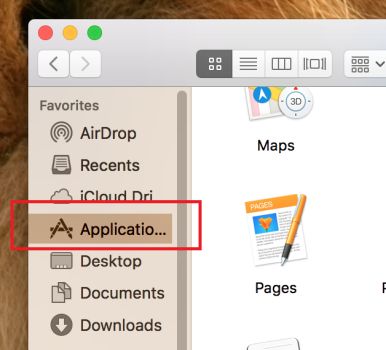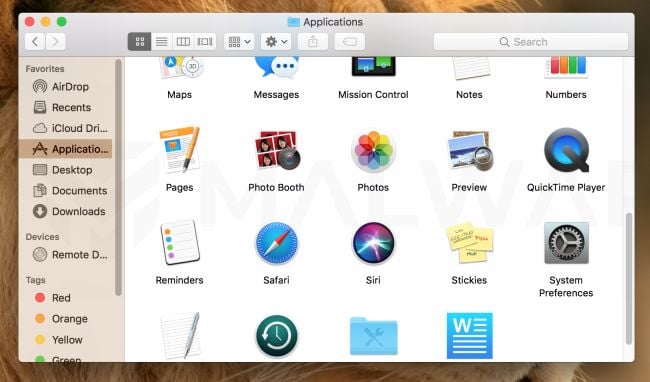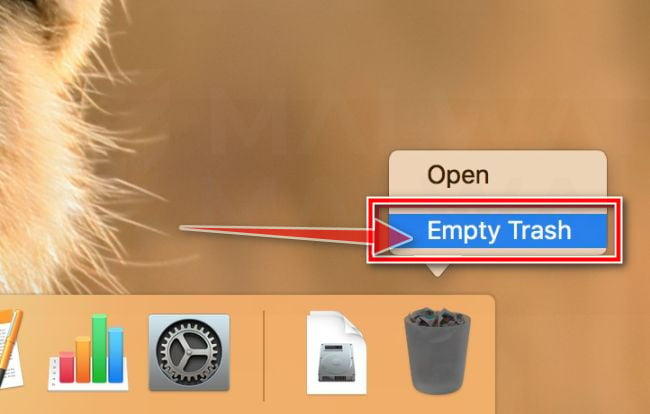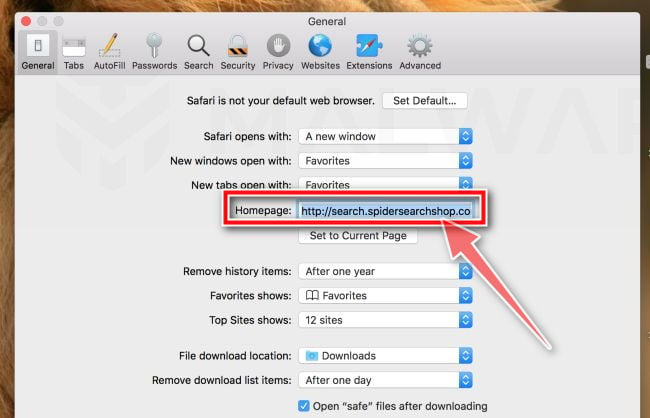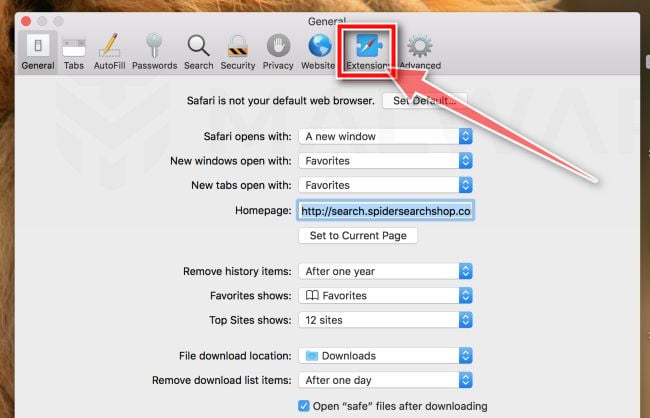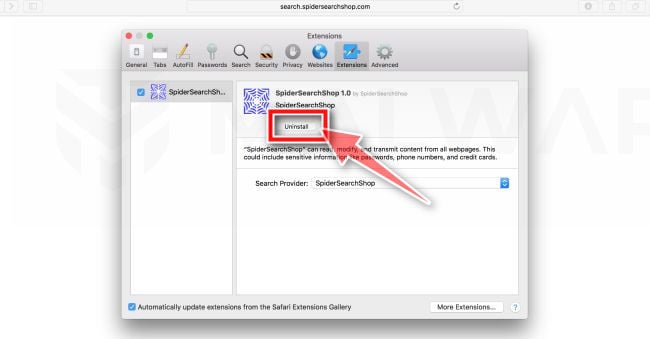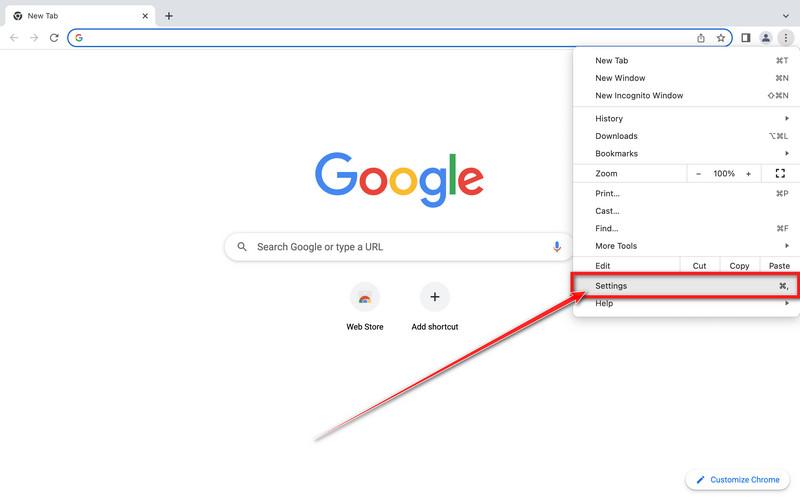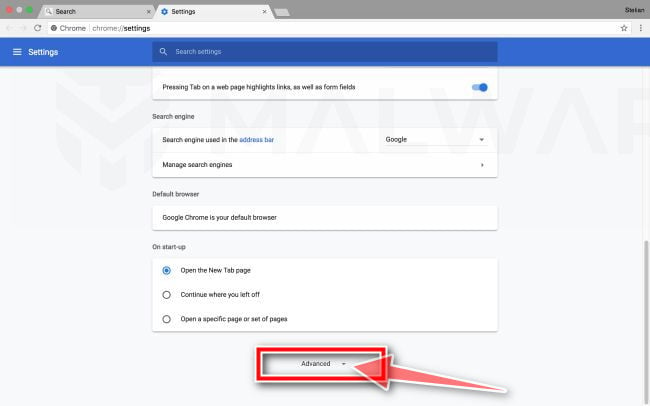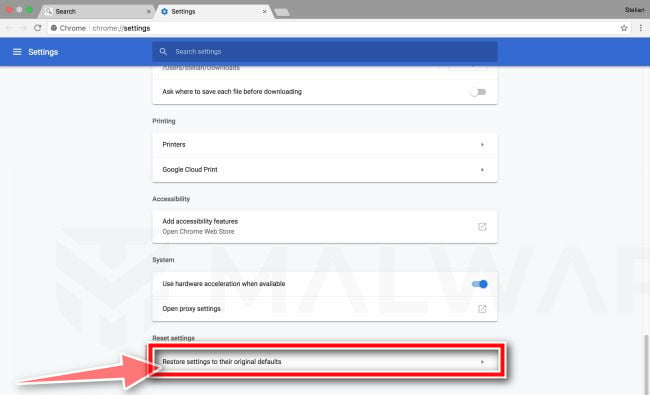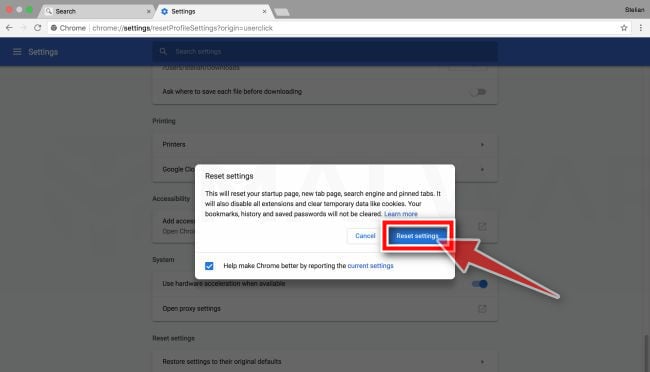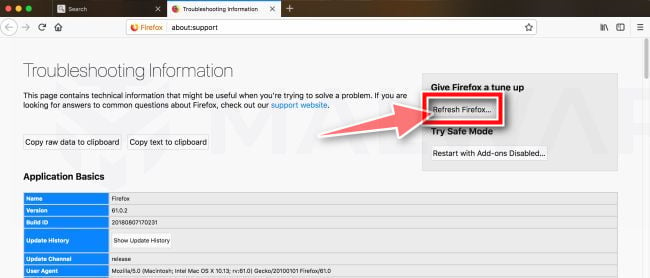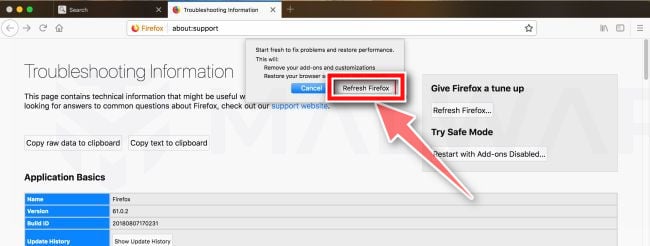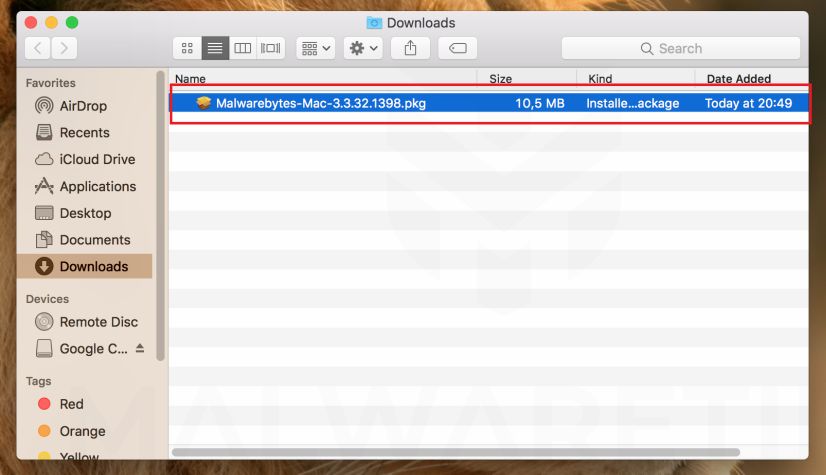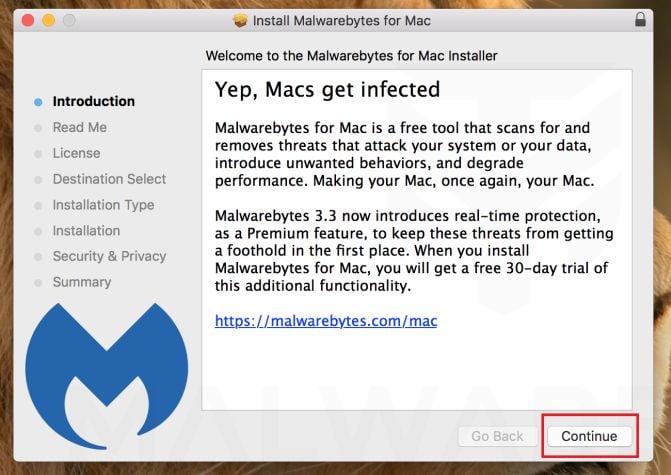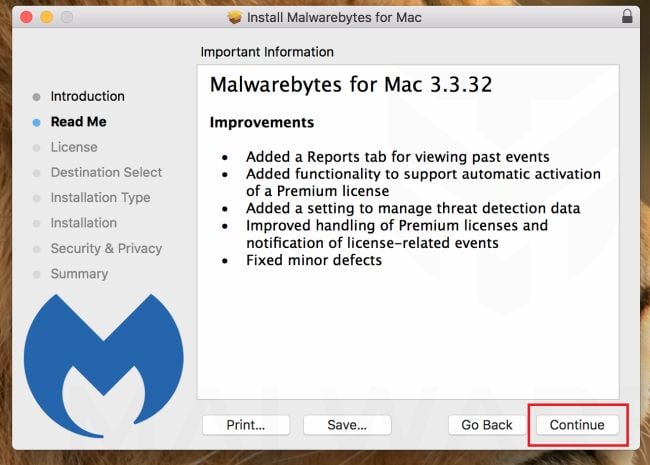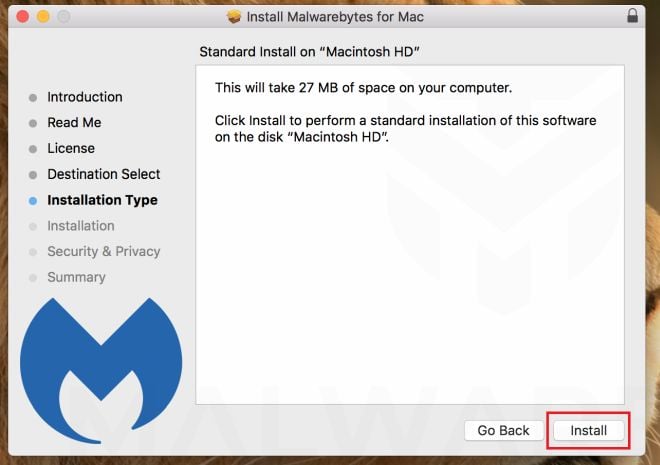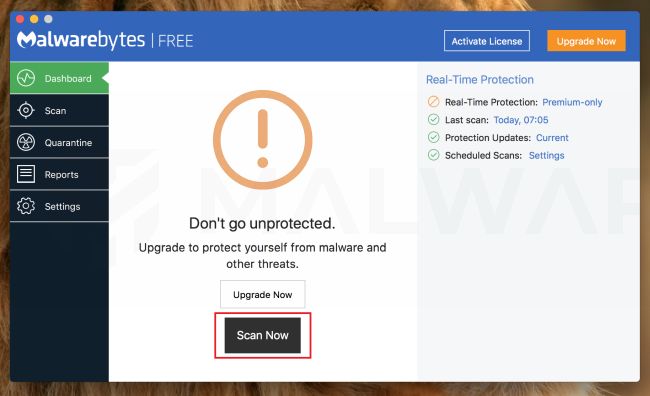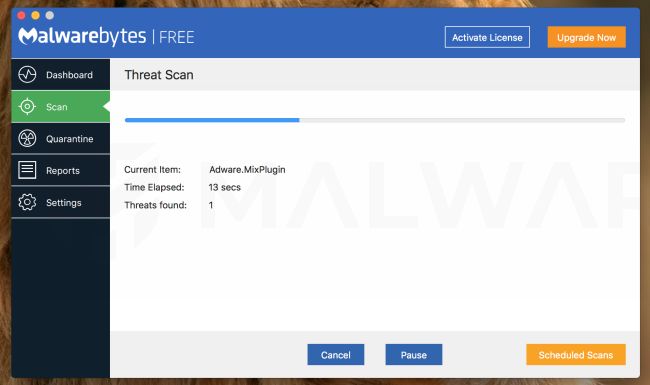Search.getmybestyear.com is a browser hijacker that it will change the homepage and search engine for your web browser to http://search.getmybestyear.com.

The Search.getmybestyear.com redirect is caused by the “Getmybestyear” extension which is installed by the users, whether that is knowingly or not. Often, this type of program is offered through advertisements or bundled with other software, leaving the user puzzled where this software came from.
Browser hijackers are a type of malware created for the purpose of modifying Internet browser settings without the user’s knowledge or consent.
The Getmybestyear browser hijacker will change your browser search provider to http://search.getmybestyear.com, which will redirect to search.yahoo.com result pages. This is most likely done to generate advertising revenue by using Yahoo Search for its search results.
When the Search.getmybestyear.com browser hijacker is installed, common symptoms include:
- Changing the web browser’s default homepage to Getmybestyear New Tab
- Changing the browser’s search provider to https://search.getmybestyear.com
- Ability to modify the ‘new tab’ functionality to launch the modified search portal page
- Loads into the web browser via the Getmybestyear extension or add-on
Always opt for the custom installation and deselect anything that is not familiar, especially optional software that you never wanted to download and install in the first place. It goes without saying that you should not install software that you don’t trust.
How to remove Search.getmybestyear.com from Mac (Safari, Chrome & Firefox)
Please perform all the steps in the correct order. If you have any questions or doubt at any point, STOP and ask for our assistance.
- STEP 1: Remove the Getmybestyear app from Mac
- STEP 2: Uninstall Getmybestyear extension from Safari, Chrome, or Firefox
- STEP 3: Use Malwarebytes for Mac to remove Search.getmybestyear.com redirect
STEP 1: Remove the Getmybestyear app from Mac
In this first step, we will try to identify and remove any malicious app that might be installed on your device.
-
Open “Finder”
Click the Finder application on your dock.
-
Click on “Applications”
In the Finder left pane, click on “Applications“.
-
Find and remove the Getmybestyear app.
The “Applications” screen will be displayed with a list of all the apps installed on your device. Scroll through the list until you find the Getmybestyear app, right-click it, and then click “Move to Trash”.
The malicious app may have a different name on your device. If you cannot find any malicious apps, you can proceed with the next step.
-
Click “Empty Trash”
On the dock, right-click on the trash icon and select “Empty Trash”. Doing so deletes the Trash’s contents, including the program that you just sent to the Trash.
This browser hijackers may also create a new group policy for your device, before we proceed with the other steps we need to remove these unwanted changes.
- Go to System Preferences.
- Click Profiles.
- The list will include an item “AdminPrefs“. Select this and click the remove “–” button in the lower left corner.
If there isn’t a Profiles icon, you don’t have any profiles installed, which is normal.
Next, click the desktop to make sure you’re in the Finder, choose Go > Go to Folder, type in /Users/Shared/. In the Shared folder, delete the Getmybestyear files and folders.
STEP 2: Uninstall Getmybestyear extension from Safari, Chrome, or Firefox
Safari
-
Go to Safari’s “Preferences”.
On the menu bar, click the “Safari” menu and select “Preferences”.
-
Check Homepage.
This will open a new window with your Safari preferences, opened to the “General” tab. Some browser hijackers may change your default homepage, so in the Homepage field make sure its a web page you want to use as your start-up page.
-
Click “Extensions”
Next, click on the “Extensions” tab.
-
Find and uninstall the Getmybestyear extension.
The “Extensions” screen will be displayed with a list of all the extensions installed on Safari. Scroll through the list until you find the Getmybestyear extension, and then click on “Uninstall” to remove it. By default, there are no extensions installed on Safari.
The malicious extension may have a different name on your device. If you cannot find any malicious extension, you can proceed with the next step.
Google Chrome
-
Click on the three dots at the top right and click “Settings”.
Click on Chrome’s main menu button, represented by three dots at the top right corner. Now click on the menu option labeled Settings as shown by the arrow in the picture below, which will open the basic settings screen.
-
At the bottom, click “Advanced”.
Chrome’s “Settings” should now be displayed in a new tab or window, depending on your configuration. Next, scroll to the bottom of the page and click on the “Advanced” link (as seen in the below example).
-
Under the section “Reset,” click “Reset”.
Chrome’s advanced settings should now be displayed. Scroll down until the “Reset and clean up” section is visible, as shown in the example below. Next, click on the “Reset settings to their original defaults” button.
-
Confirm by clicking “Reset”.
A confirmation dialog should now be displayed, detailing the components that will be restored to their default state should you continue on with the reset process. To complete the restoration process, click on the “Reset Settings” button.
In many cases, changes to Chrome may not be fixed with a simple browser reset. In such a case, it will be easier to completely remove Chrome and all data, then reinstall. To do this, click the Finder icon, from the menu bar. Choose Go, and click Go to Folder, then paste one of the below paths into the window that opens.
You will need to delete all of the below items, but before doing this be aware that this will delete all data for all Google apps you have installed, such as your bookmarks, so you will need to export them before doing this.
/Applications/Chrome.app
/Library/Application Support/Google/
/Library/Google/
~/Library/Application Support/Google/
~/Library/Google/
~/Library/Preferences/com.google.Chrome.plist
After deleting all of the above files, restart your device. You can now download and re-install Google Chrome on your device. You will need to import any exported bookmarks or other data, and may need to reinstall any other Google apps that you use.
Mozilla Firefox
-
Go to the “Help” menu.
Click on Firefox’s main menu button, represented by three horizontal lines. When the drop-down menu appears, select the option labeled “Help“.
-
Click “Troubleshooting Information”.
From the Help menu, click on “Troubleshooting Information“.
If you’re unable to access the “Help” menu, type about:support in your address bar to bring up the Troubleshooting information page. -
Click on “Refresh Firefox”
Click the “Refresh Firefox” button in the upper-right corner of the “Troubleshooting Information” page.
-
Confirm.
To continue, click on the “Refresh Firefox” button in the new confirmation window that opens.
-
Click on “Finish”.
Firefox will close itself and will revert to its default settings. When it’s done, a window will list the information that was imported. Click on the “Finish“.
STEP 3: Use Malwarebytes for Mac to remove Search.getmybestyear.com redirect
Malwarebytes is one of the most popular and most used anti-malware apps, and for good reasons. It is able to destroy many types of malware that other software tends to miss, without costing you absolutely nothing. When it comes to cleaning up an infected device, Malwarebytes has always been free and we recommend it as an essential tool in the fight against malware.
The first time you install Malwarebytes, you’re given a free 30-days trial of the premium edition, which includes preventative tools like real-time scanning and specific protection from ransomware. After 30 days, it automatically reverts to the basic free version that will detect and clean up malware infections only when you run a scan.
-
Download Malwarebytes.
You can download Malwarebytes by clicking the link below.
MALWAREBYTES FOR MAC DOWNLOAD LINK
(The above link will open a new page from where you can download Malwarebytes for Mac) -
Double-click on the Malwarebytes setup file.
When Malwarebytes has finished downloading, double-click on the Malwarebytes-Mac-3.x.y.zzz.pkg file to install Malwarebytes on your device. In most cases, downloaded files are saved to the Downloads folder.
-
Follow the on-screen prompts to install Malwarebytes.
When the Malwarebytes installation begins, you will see the Malwarebytes Setup Wizard which will guide you through the installation process. The setup wizard displays an introduction to Malwarebytes for Mac. Click on “Continue” to complete the installation process.
Next, click on “Install“.
-
Click on “Scan Now”.
Once installed, Malwarebytes will automatically start and update the antivirus database. To perform a system scan, click on the “Scan Now” button.
-
Wait for the Malwarebytes scan to complete.
Malwarebytes will now start scanning your Mac for adware and other malicious apps. This process can take a few minutes, so we suggest you do something else and periodically check on the status of the scan to see when it is finished.
-
Click on “Confirm”.
When the scan has completed, you will be presented with a screen showing the malware infections that Malwarebytes has detected. To remove the malicious apps that Malwarebytes has found, click on the “Confirm” button.
Malwarebytes will now remove all the malicious files that it has found. To complete the malware removal process, Malwarebytes may ask you to restart your device.
Your Mac should be now malware free of the Search.getmybestyear.com redirect. If you are still experiencing problems while trying to remove Search.getmybestyear.com redirect, please ask for help in our Malware Removal Assistance for Mac forum.


